As the growing season transitions into fall, gardeners face a unique challenge: protecting crops and flowers from a variety of pests that thrive in cooler, damp conditions. While summer pests may wane, fall brings its own set of insects, rodents, and fungal threats. A pest-resistant garden ensures plants remain healthy, productive, and visually appealing until the first frost.
This guide provides a comprehensive look at how to create a pest-resistant fall garden, including plant selection, habitat management, natural deterrents, and strategic gardening practices.
Understanding Fall Garden Pests
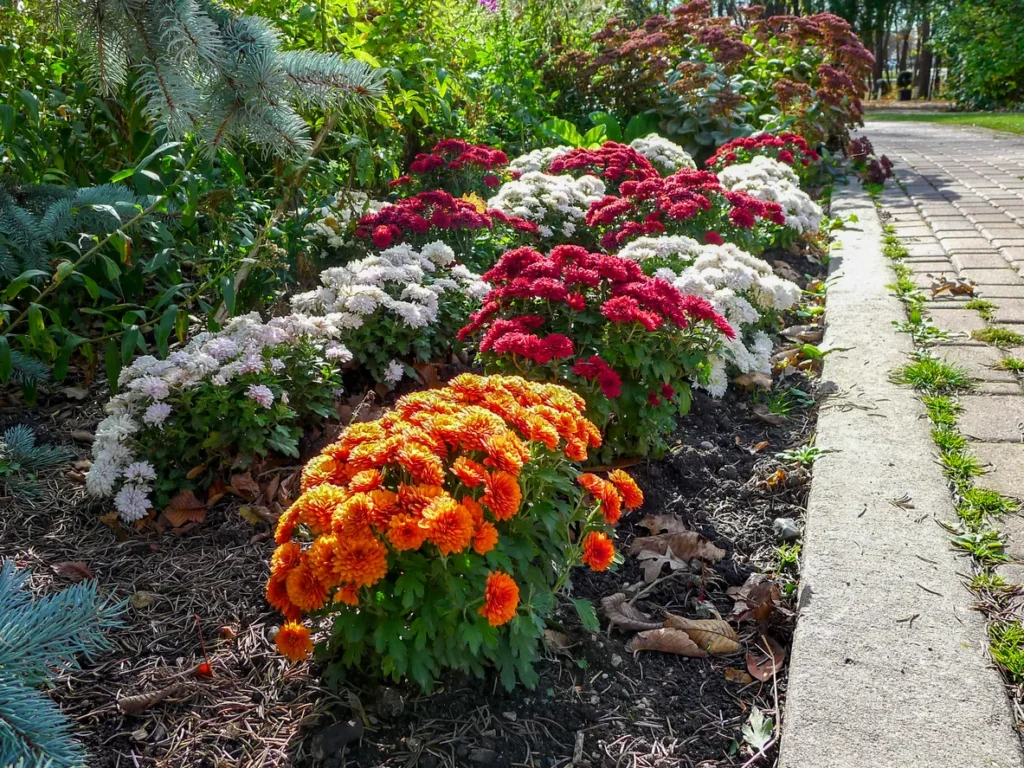
Effective pest management begins with understanding which pests are most active in the fall:
- Insects: Aphids, cabbage loopers, slugs, and spider mites can damage leafy greens and brassicas.
- Rodents: Mice and voles are attracted to root vegetables and fallen fruit.
- Fungal diseases: Cool, wet conditions favor powdery mildew, blights, and leaf spot pathogens.
- Other wildlife: Deer, rabbits, and raccoons may target late-season crops like pumpkins, squash, and corn.
Knowing these potential threats helps gardeners implement targeted, preventive measures for a resilient fall garden.
Method 1: Choose Pest-Resistant Plants
Some plants are naturally less susceptible to pests due to their flavor, texture, or chemical compounds.
Recommended Fall Crops
- Leafy greens: Kale, Swiss chard, and collard greens resist many aphids and caterpillars.
- Root vegetables: Beets, carrots, and parsnips are less attractive to above-ground pests.
- Brassicas: Broccoli and cauliflower varieties bred for pest resistance are ideal for fall.
- Herbs: Rosemary, thyme, and sage repel insects while adding culinary value.
Tips
- Use disease-resistant cultivars labeled for fall planting.
- Rotate crops yearly to reduce soil-borne pathogens and pest buildup.
- Mix plant types to create biodiversity, confusing pests and preventing infestations.
Selecting pest-resistant plants reduces chemical interventions and strengthens overall garden resilience.
Method 2: Implement Companion Planting
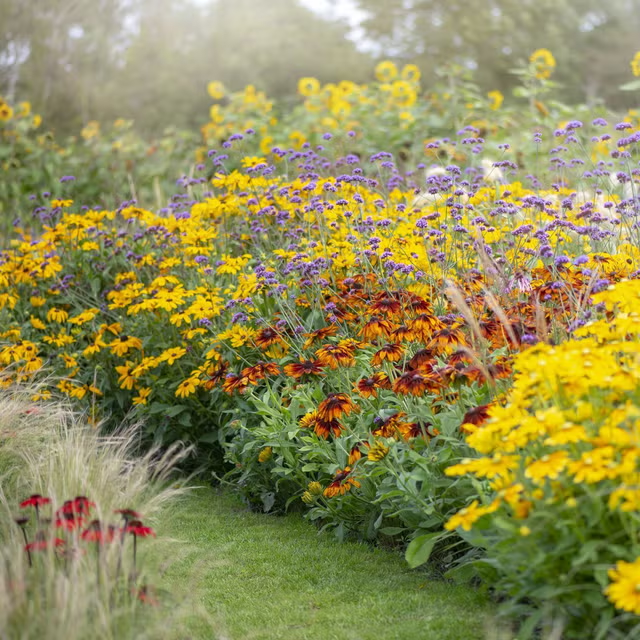
Companion planting pairs crops with other plants that repel pests, attract beneficial insects, or improve growth conditions.
Effective Companions for Fall
- Marigolds: Repel nematodes and aphids while attracting predatory insects.
- Garlic and onions: Strong scents deter beetles, aphids, and rodents.
- Nasturtiums: Act as trap crops, attracting aphids away from valuable plants.
- Herbs like basil and dill: Attract parasitic wasps and ladybugs that prey on pests.
Tips
- Plant companions near crops most vulnerable to pests.
- Use flowering plants to maintain a continuous food source for beneficial insects.
- Rotate companions with main crops to prevent pest adaptation.
Companion planting creates a natural pest defense system, reducing the need for chemical controls.
Method 3: Maintain Garden Hygiene
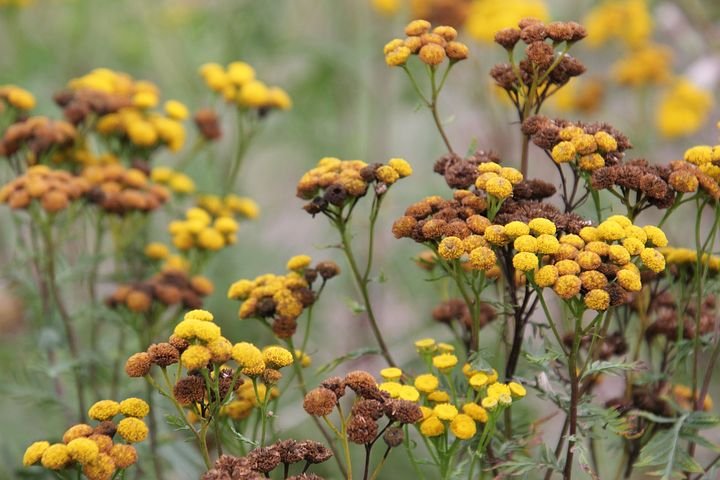
A clean garden is less inviting to pests and reduces disease spread.
Hygiene Practices
- Remove dead leaves and debris: Reduces shelter for slugs, rodents, and insects.
- Harvest promptly: Pick fruits and vegetables as soon as they ripen.
- Prune damaged or diseased foliage: Prevents spread to healthy plants.
- Clean tools regularly: Avoid transferring pathogens between plants.
Tips
- Keep pathways clear to discourage hiding places for pests.
- Dispose of plant debris properly; do not leave in compost piles without management.
- Inspect plants weekly for early signs of pest activity.
Good hygiene creates a less hospitable environment for pests while improving overall plant health.
Method 4: Use Physical Barriers
Physical barriers protect plants from insects, wildlife, and rodents.
Barrier Options
- Row covers: Lightweight fabric protects leafy greens and brassicas from insects.
- Netting or cages: Protect fruits like berries and pumpkins from birds and raccoons.
- Mulch or copper tape: Slugs and snails avoid copper barriers; straw mulch reduces soil contact with pests.
- Raised beds: Keeps root vegetables away from rodents and improves drainage to reduce fungal disease.
Tips
- Secure row covers and netting tightly to prevent pest entry.
- Remove covers during pollination if necessary to allow insect activity.
- Combine barriers with companion plants for maximum protection.
Physical barriers offer immediate, chemical-free protection for vulnerable crops.
Method 5: Attract Beneficial Insects
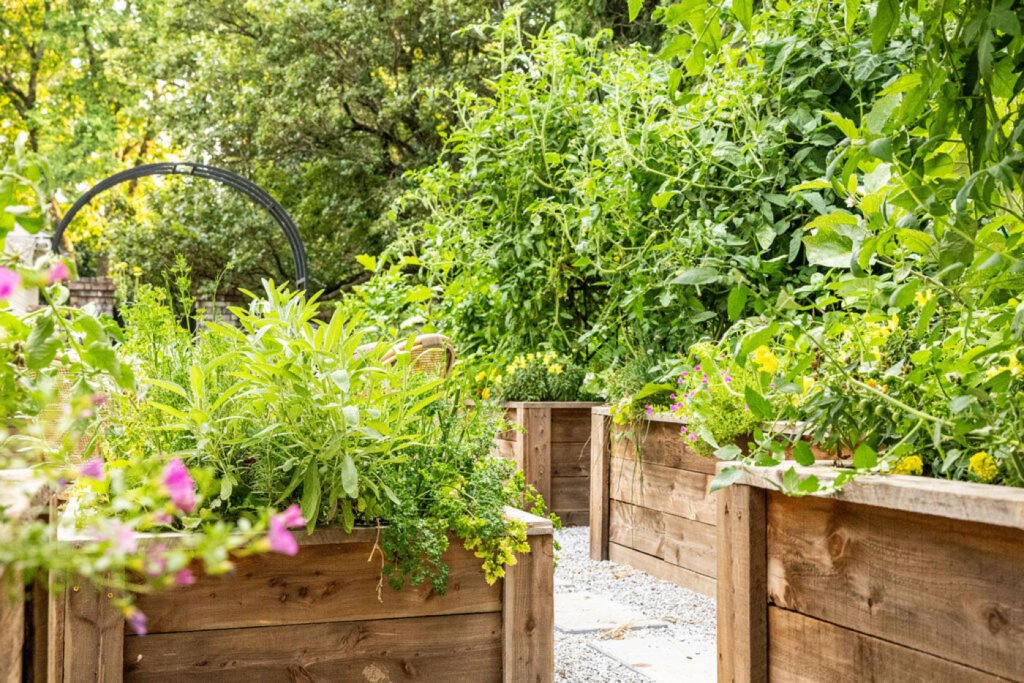
Beneficial insects act as natural pest control by feeding on aphids, caterpillars, and other garden pests.
Key Beneficial Insects
- Ladybugs: Consume aphids and small insect pests.
- Lacewings: Feed on aphids, mites, and whiteflies.
- Parasitic wasps: Target specific insect larvae that damage crops.
- Ground beetles and spiders: Hunt slugs, snails, and other soil-dwelling pests.
Tips
- Plant flowers like alyssum, yarrow, and cosmos to provide nectar and pollen.
- Avoid broad-spectrum insecticides that harm beneficial insects.
- Provide small water sources to support insect survival.
Encouraging natural predators creates a self-regulating ecosystem, reducing pest populations over time.
Method 6: Apply Natural Repellents
Certain natural repellents help deter pests without harming plants or wildlife.
Options
- Neem oil: Controls aphids, whiteflies, and fungal infections.
- Diatomaceous earth: Safe for vegetables; deters slugs, beetles, and soft-bodied insects.
- Garlic or hot pepper sprays: Repels caterpillars, beetles, and other leaf-eating pests.
- Soap sprays: Mild insecticidal soaps can reduce aphids and mites.
Tips
- Apply repellents in the evening to avoid leaf burn from sun exposure.
- Reapply after rain or heavy dew.
- Use a combination of methods for greater effectiveness.
Natural repellents provide safe, environmentally friendly pest control while maintaining garden aesthetics.
Method 7: Monitor and Rotate Crops
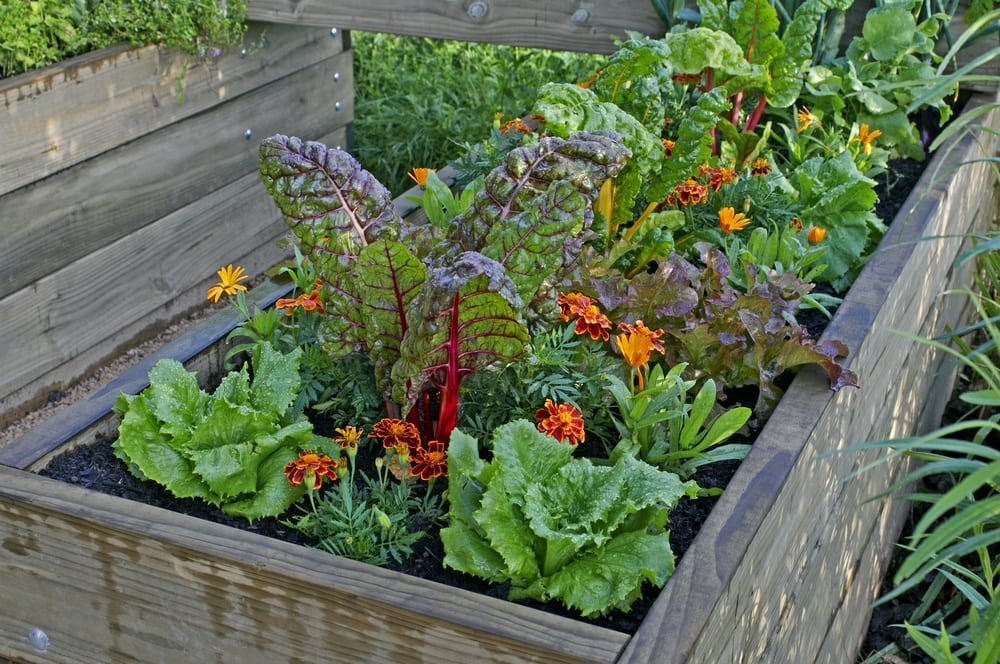
Regular monitoring and crop rotation prevent pest buildup and improve soil health.
Monitoring Tips
- Check plants weekly for signs of pests or damage.
- Identify pests early to apply targeted measures before infestations escalate.
- Track affected areas to improve future planting strategies.
Crop Rotation
- Avoid planting the same family in the same location year after year.
- Rotate brassicas, legumes, and root crops to disrupt pest life cycles.
- Include pest-resistant cover crops like clover or rye to improve soil and suppress weeds.
Monitoring and rotation create a dynamic, resilient garden that naturally resists pest damage.
Method 8: Maintain Healthy Soil
Healthy soil supports strong plants that can withstand pest attacks.
Soil Management Practices
- Add compost: Enhances nutrients and encourages beneficial microbes.
- Mulch: Conserves moisture and moderates soil temperature, reducing stress on plants.
- Adjust pH if necessary: Balanced soil improves nutrient uptake and plant resilience.
- Avoid over-fertilization: Excess nitrogen can attract pests like aphids.
Strong plants are more resistant to insect feeding, disease, and environmental stress, reducing overall pest impact.
Benefits of a Pest-Resistant Fall Garden
- Reduces crop loss: Healthy plants thrive despite pest pressure.
- Minimizes chemical use: Safer for humans, pets, and wildlife.
- Promotes biodiversity: Supports beneficial insects and natural predators.
- Improves soil health: Encourages sustainable gardening practices.
- Extends harvest: Healthy, pest-resistant plants remain productive until frost.
A pest-resistant garden enhances productivity, sustainability, and enjoyment throughout the fall season.
Conclusion
Creating a pest-resistant fall garden requires planning, observation, and a combination of strategies. By integrating plant selection, companion planting, habitat management, physical barriers, beneficial insects, natural repellents, monitoring, and soil health practices, gardeners can protect crops without relying on harsh chemicals.
Key strategies include:
- Choose pest-resistant and disease-resistant fall crops.
- Implement companion planting to naturally deter pests.
- Maintain garden hygiene to reduce shelter and food sources.
- Use physical barriers to protect vulnerable crops.
- Encourage beneficial insects to act as natural predators.
- Apply natural repellents for additional protection.
- Monitor crops and rotate plant families to prevent pest buildup.
- Maintain healthy, nutrient-rich soil for resilient plants.
By following these practices, gardeners can enjoy a productive, low-maintenance, and eco-friendly fall garden. Pest-resistant gardens not only protect plants and crops but also promote a balanced ecosystem that benefits wildlife, soil, and the gardener alike.
